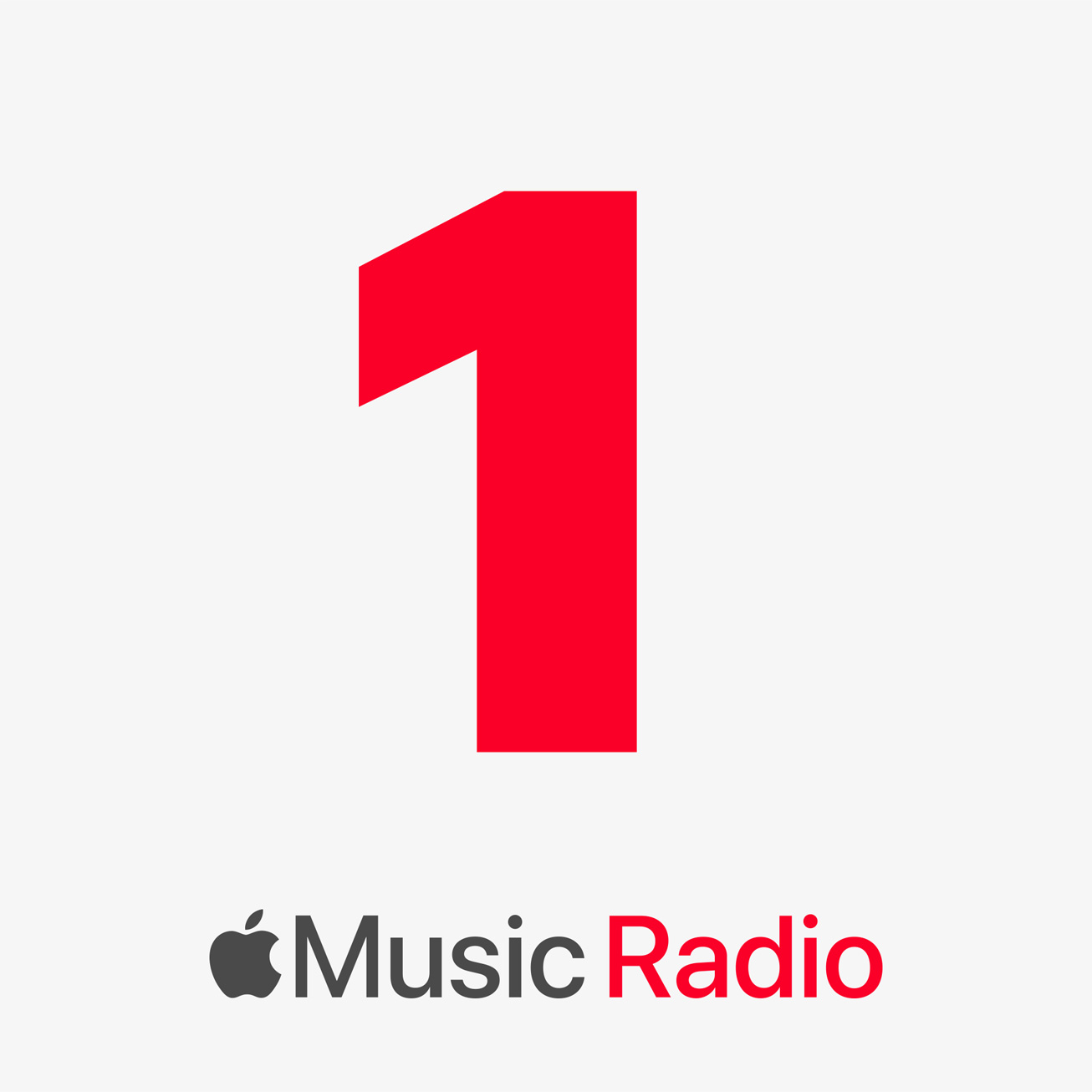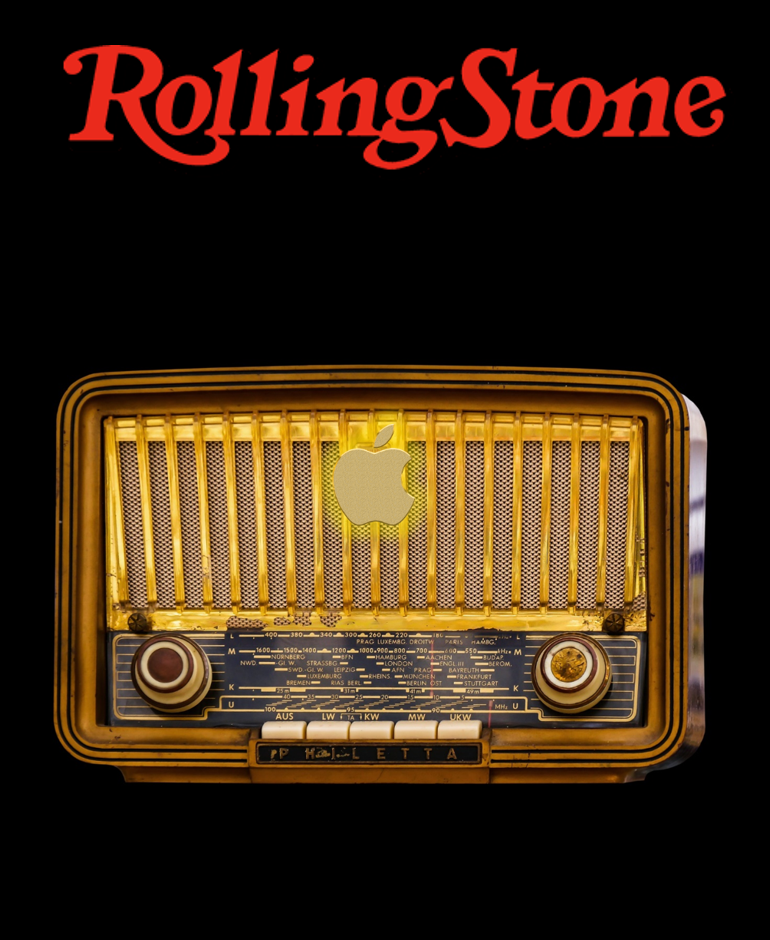Apple Is The $2T Gorilla In The (Radio) Room
In addition to becoming the first company in the history of the US to reach the $2 trillion mark, Apple recently unveiled a plan to challenge broadcast, satellite, and even streaming radio with launch of Apple Music Radio, a not so subtle attempt at total radio domination.
Guest post by Fred Jacobs of Jacobs Media Strategies
It doesn’t take much for Apple to make news. But yesterday’s expected headline still came with a shock and awe factor.
Apple became the first company in U.S. history to reach the $2 trillion mark. No one else – Amazon, General Motors, Google, Walmart – has come close.
But that wasn’t the only announcement involving Apple’s reach and power. On Tuesday, Apple unveiled its latest radio domination plan with the formation of Apple Music Radio.
Apple went into the “radio business” exactly five years ago with the launch of Beats 1. It was a big deal during that summer of 2015, hiring well-known personalities like Ebro Darden and Zane Lowe. Back then, we blogged about Apple’s entry into radio with a post called “The R Word” – yes, radio. That was because the talented Apple team worked hard to figure out what to call their new audio channel.
And at the end of a long process, Lowe had to admit his frustration in a New York Times story:
“Part of the last three months has been desperately trying to come up with a new word that’s not radio. We couldn’t do it.”
That was quite an admission. And now in the summer of 2020, Apple is still chasing radio around the audio rec room.

Yesterday’s announcement signals a rebranding effort for Beats 1, now known as Apple Music 1.
And it also covered the launch of two streaming “radio stations.” Apple Music Hits features big songs from the ’80s, ’90s, and ’00s. And Apple Music Country needs no additional description.
A close read of Apple’s press release for this next generation of “radio” contains some interesting keywords and phrases.
You don’t even have to read between the lines to understand their underlying strategy – and how they plan to challenge broadcast radio. And satellite radio, and other streaming pureplays as well.
None of these references made it into the Apple’s release by accident. All were carefully selected by the wizards in Cupertino. To hit just the right notes – or beat – you know this document was wordsmithed a dozen times by several teams before someone hit “submit.”
And the intended audience was the media community. And if anyone was listening – radio broadcasters.
Consider the following, all of which made it into this document, including this key pronouncement:
“Apple loves music”
It’s the simplest of positioning statements, but it’s loud and clear.
About Apple Music 1 (formerly Beats 1), the release makes these telling references:
“championed human curation and discovery”
“inherent camaraderie with the artist community”
“unparalleled global platform”
“celebrating the vibrancy of Latin music”
“very best local African music and artists”
And about Apple Music Hits:
“new shows from notable artists and hosts”
“stories behind the most popular songs in the world”
“daily on-air hosts”
About Apple Music Country:
“increasingly diverse genre”
“stars of tomorrow”
“legendary artists and tracks”
“talent roster”

A new story in Rolling Stone amplifies Apple’s intentions: “Why Apple Still Cares About Radio” by Samantha Hissong. It’s a revealing read, worthy of your time, especially if you’re in the radio business.
If Apple invested in a perceptual study for their music service by any of radio’s fine research companies, you can imagine a key recommendation might read something like this:
“Beats 1 has been around for five years, and still lacks the top-of-mind awareness necessary to become a household name – much less a go-to place for music fans. Moving forward, it is important that Apple make its relationship with music and musicians clear:
Apple loves music.
We recommend making some necessary product changes, but also extensively marketing Apple’s music platform against conventional broadcast radio (which is showing some wear and tear in this study).
Or another avenue would be to rebrand Beats 1 altogether, while launching focused format stations with live personalities, and retrenching with features and services FM radio either cannot provide or has all but abandoned.
Given broadcast radio’s flagging fortunes, Apple has a chance to make radio cool again.”
That last point is a key. The Rolling Stone story observes how FM radio has lost its mojo given its “reputation for being behind the curve and more focused on what’s already trending than discovery.”

In her story, Hissong points out how research indicates declining engagement broadcast radio, especially among Gen Z – much more enamored with streaming services than anything offered on the FM dial. As many exasperated parents in radio tell me about their teens, “They don’t even know what a radio is.”
So, why would Apple “put so much time and energy looking into a medium of the past?”
Because as Hissong concludes, “While (listening) statistics may reflect a shortcoming of terrestrial radio stations, they also present opportunity. If done well, a modern music company like Apple could fill the gap.”
This is as strong a suggestion as it gets that radio can still be cool, but not the way it’s currently being presented by long-time broadcasters.
How does Apple hit goal?
For one thing, they use their $2 trillion footprint to attract the participation of mega-artists that include Elton John, Lil Wayne, Lady Gaga, and even the Backstreet Boys. That will have an impact on music fans.
And as Rolling Stone points out, Apple’s interpretation of the medium will be a mashup of “the human component of live radio and mixing it in with their algorithmic playlists.” In other words, live, engaged, smart talent who know their music, combined with the science of music selection and scheduling. Isn’t that what broadcast radio has supposed to have been doing all along?
The story even quotes one of our Techsurveys about “the power of local DJs, hosts, and shows” to radio fans.
Apple smells blood – or better put, opportunity.
The company didn’t make its schematics or architecture available to Rolling Stone, but noted that Apple doesn’t want to clone broadcast radio. Zane Lowe spoke about how in the revamped platform, Apple “wanted to do away with some of the traditional parts of radio.”
No details were mentioned, but given that Apple Music is a subscription service, commercials and other clutter has to be part of that promise.
And here’s a key. The story points out Apple’s singular focus on globalization – creating music playlists that includes more music from around the world.
That sounds good on the surface, but it’s a leap to suggest that Apple subscribers in Austin, Altoona, or Anchorage will share music tastes with fans in Angola, Austria, or Antigua.

And that takes us back to square one. As Rolling Stone reminds its readers, “radio thrives on being hyper local.”
Or at least it did.
Apple’s playbook is a more than a shot across the radio bow. It’s a challenge to broadcasters to either step it up and “get back to where you once belonged” – or get out of the way.
Being live, local, in the moment, and focused on the listener experience are all part of the formula that got broadcast radio to the dance – and into the hearts and minds of millions of Americans.
I’ll leave an assessment of how FM radio is making good on those values up to you.
Apple’s $2 trillion valuation is impressive, especially when you consider the entire broadcast radio industry in the U.S. has an estimated net worth in the $18 billion range.
There’s a lot of zeroes in the data, so I’ll do the math for you. The overall net worth of American radio is less than 1% of Apple’s total value.
A rounding error.
If it were legally possible, Apple could buy the whole shooting match without Tim Cook’s accountants even noticing the price. But FCC regulations, of course, wouldn’t allow that to happen.
For Apple, it’s a matter of choosing their next best option:
Reinvent radio – make it cool again.
Will radio broadcasters accept that challenge? Will it rebuild and fortify its strengths Apple cannot match?
Or will it let the gorilla have its way?
Thanks to Lori Lewis, Mike McVay, and Samantha Hissong.
Fred Jacobs founded Jacobs Media in 1983, and quickly became known for the creation of the Classic Rock radio format.
Jacobs Media has consistently walked the walk in the digital space, providing insights and guidance through its well-read national Techsurveys.
In 2008, jacapps was launched – a mobile apps company that has designed and built more than 1,300 apps for both the Apple and Android platforms. In 2013, the DASH Conference was created – a mashup of radio and automotive, designed to foster better understanding of the “connected car” and its impact.
Along with providing the creative and intellectual direction for the company, Fred consults many of Jacobs Media’s commercial and public radio clients, in addition to media brands looking to thrive in the rapidly changing tech environment.
Fred was inducted into the National Radio Hall of Fame in 2018.
The best thing “local” radio can do is to double down on local, live shows and personalities. When/where possible, hire more people, not less. The more folks you have working for you, the more brand ambassadors you have spreading your gospel. Personal connections that Apple and the other consolidators can’t touch.
Oh, what a sum, omg, it’s even scary to imagine, but the article is cool. I myself really love music, I love excitement, I often play poker or casino, online to good tracks. I recommend you site with reviews on Best $ 10 Deposit Casinos 2020 in Canada, go, read, choose, read about getting a bonus, register and enjoy the game, good luck and victories!